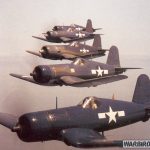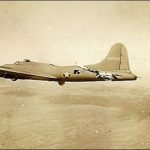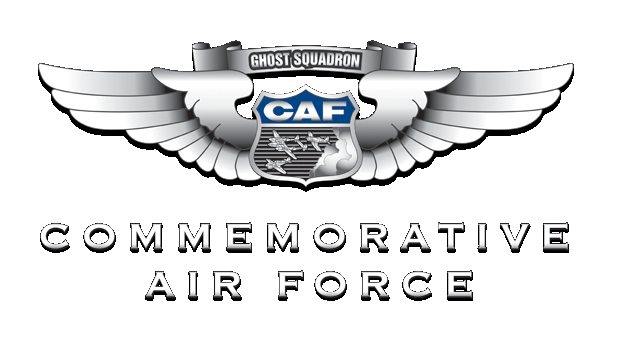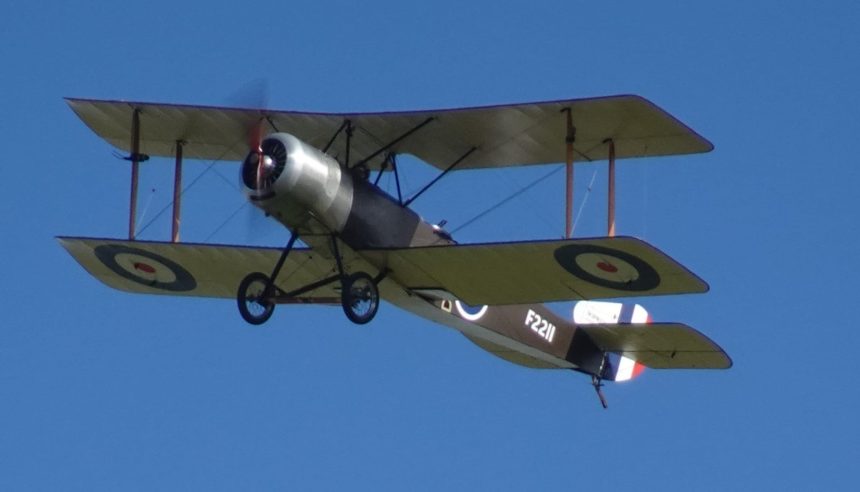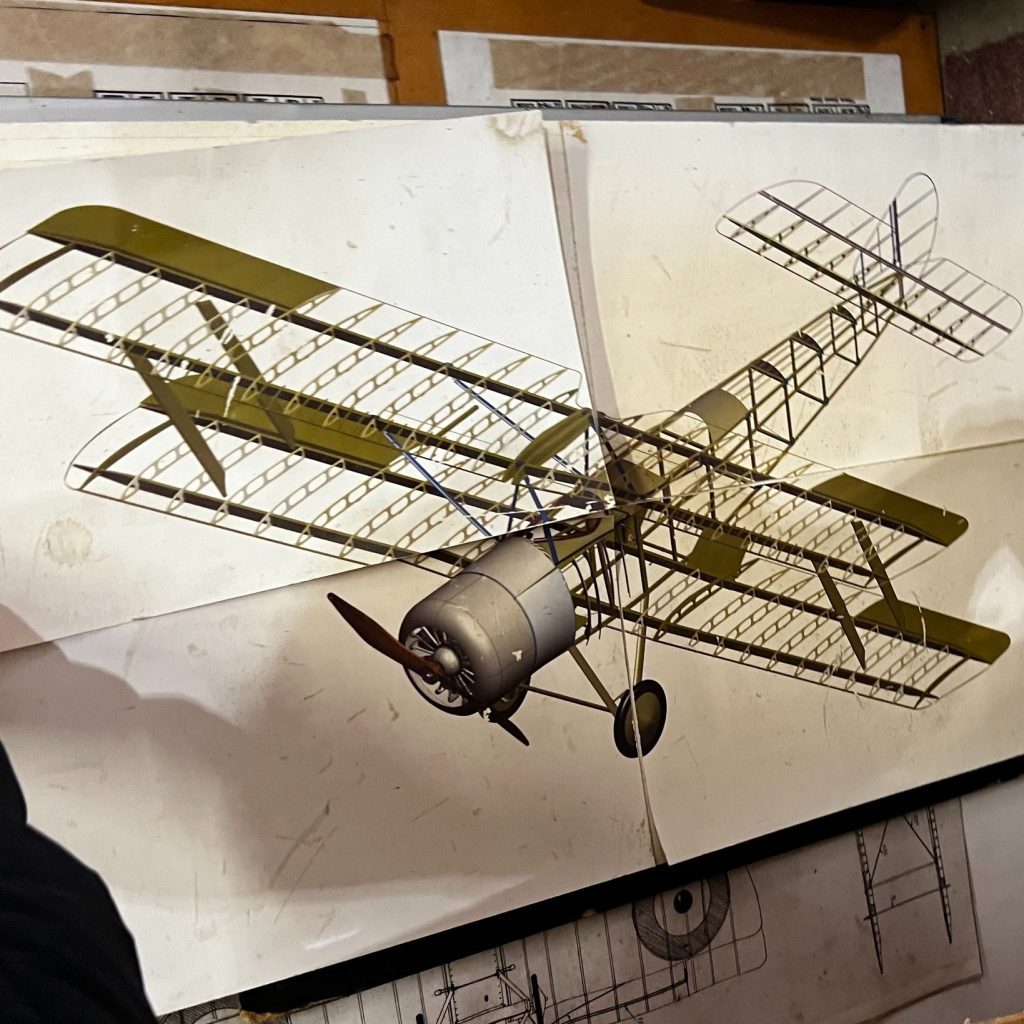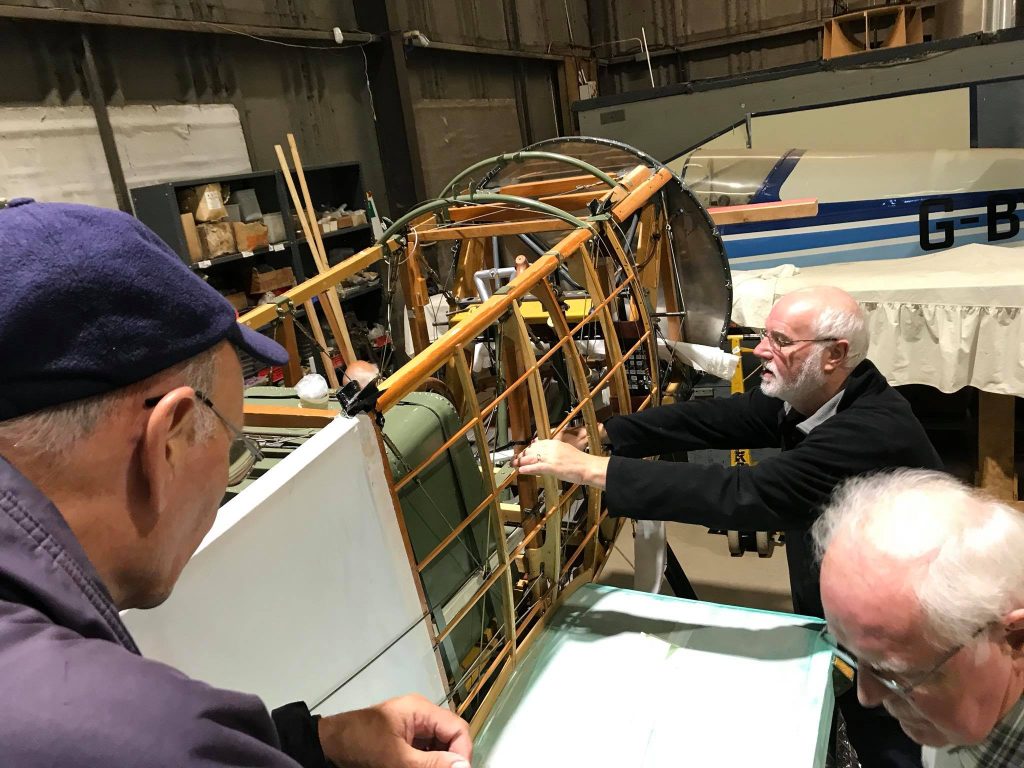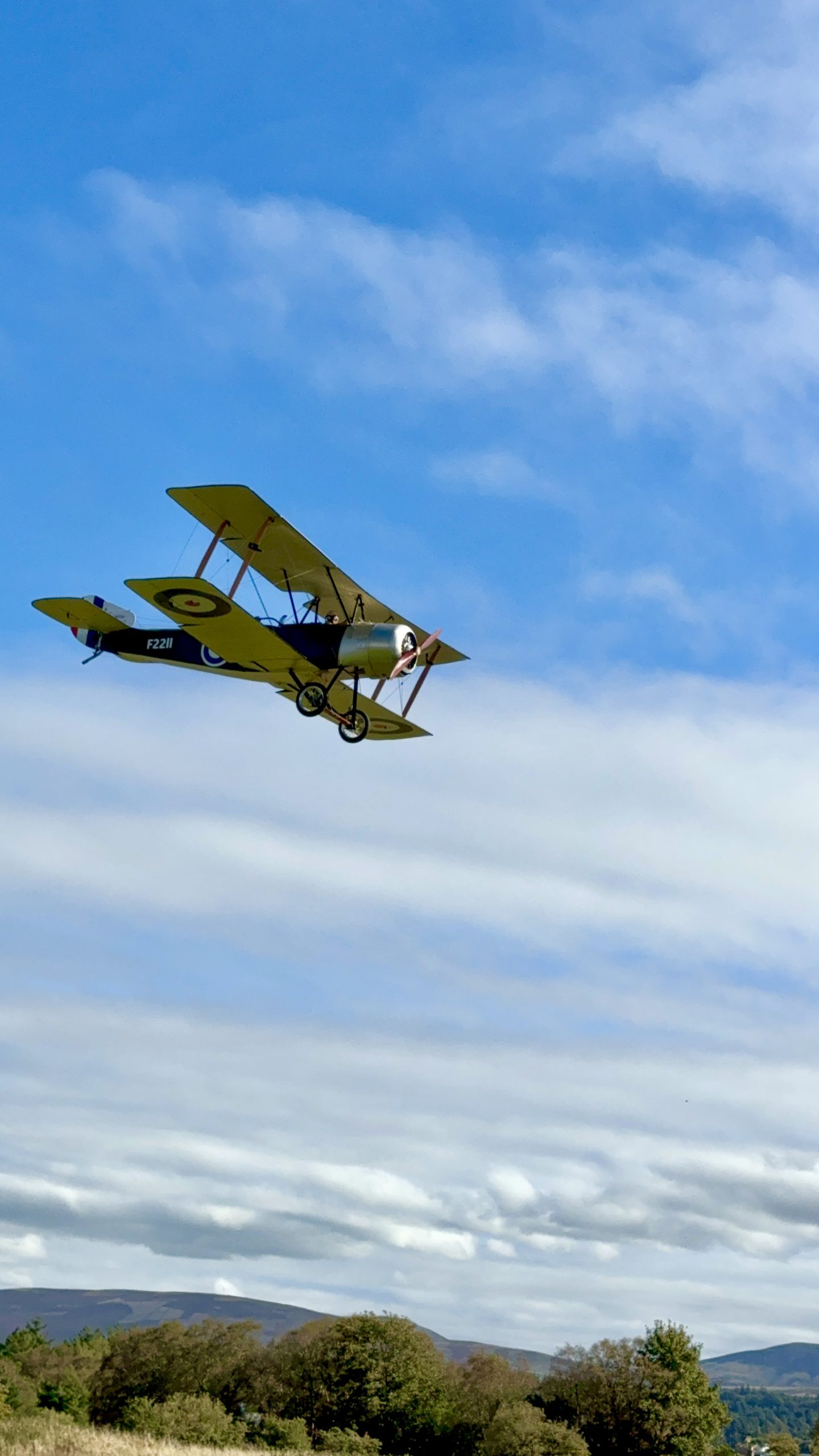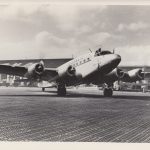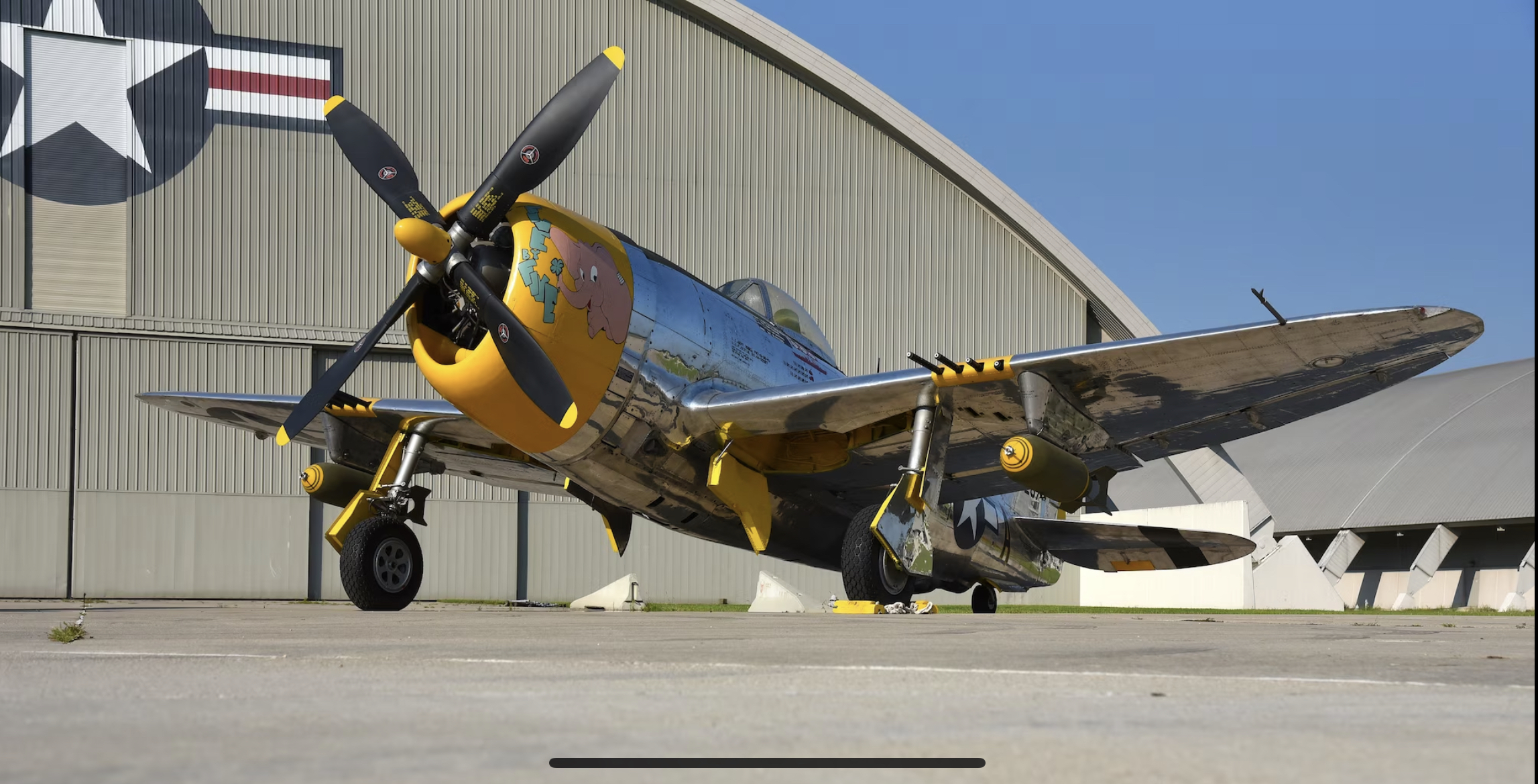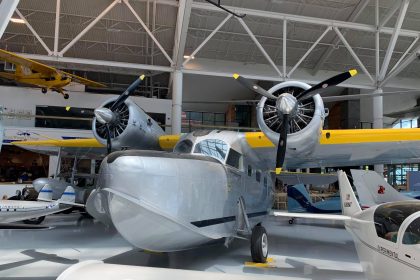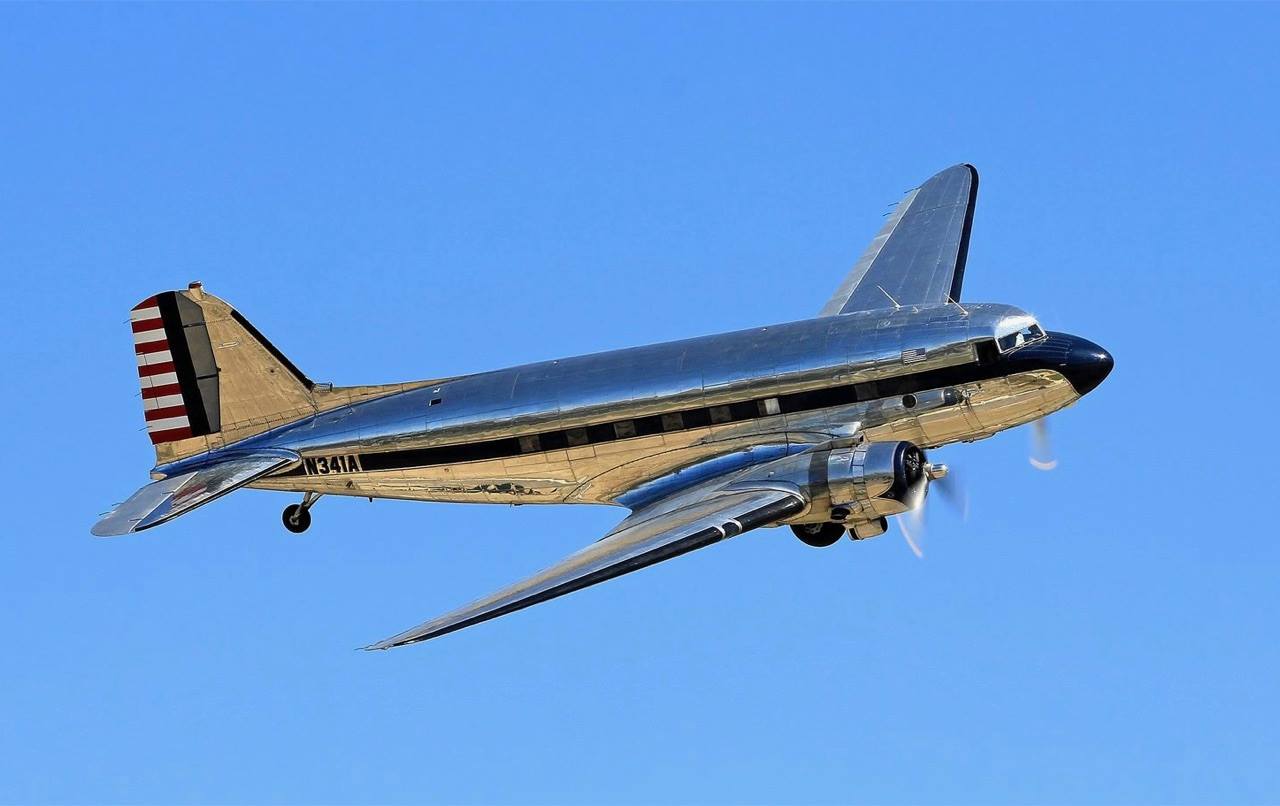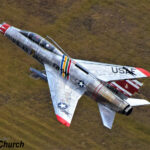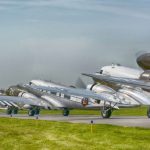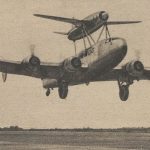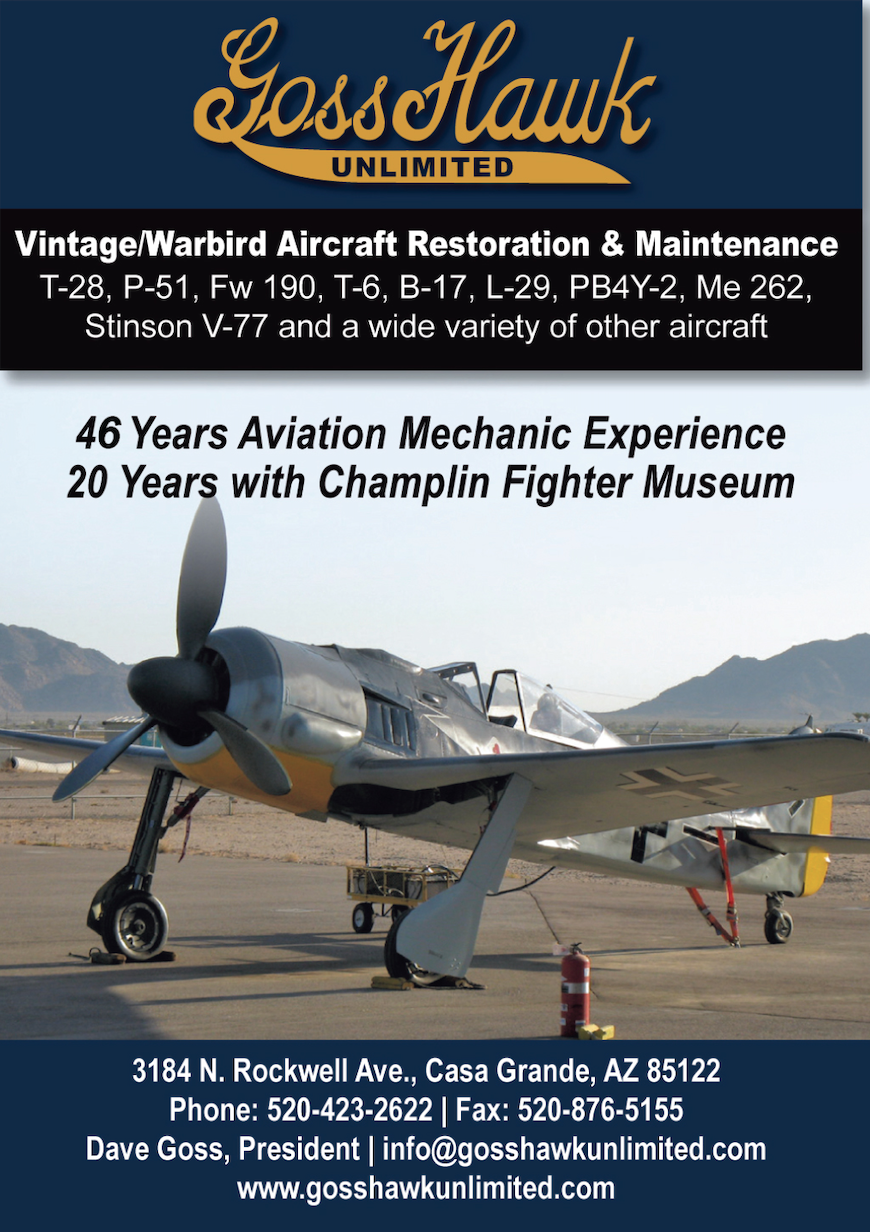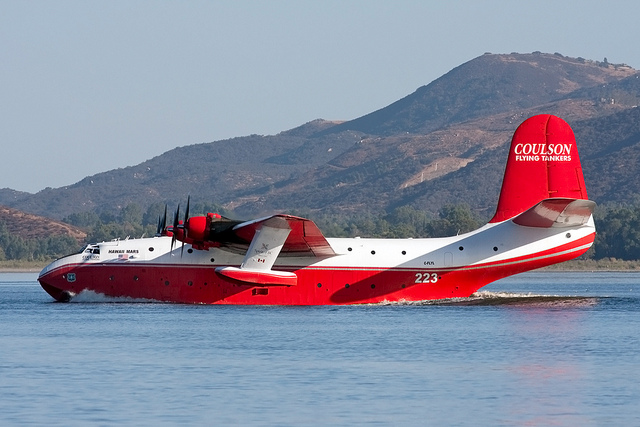Scotland’s East Lothian region is renowned for its rugged beauty—windswept coastlines, rolling hills, and storied castles steeped in history. But tucked away near North Berwick, another piece of heritage has taken flight: a full-scale, airworthy replica of the Sopwith 1½ Strutter, affectionately named Sophie. Built by the dedicated volunteers of the Aviation Preservation Society of Scotland (APSS), this remarkable aircraft brings new life to a pivotal piece of First World War aviation history.
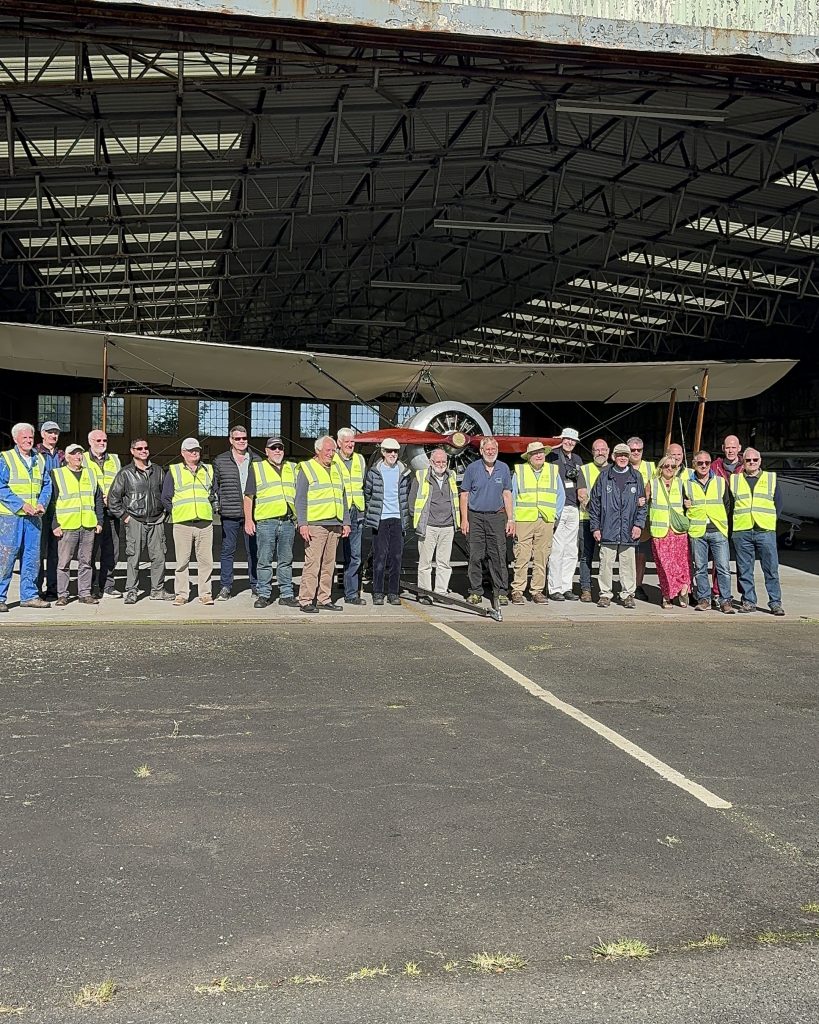
Founded in 1973, the APSS is a charitable organization devoted to the restoration and preservation of historic aircraft and aviation artifacts. Composed primarily of passionate retirees and aviation enthusiasts, the society operates out of North Berwick and has made a name for itself through meticulous craftsmanship and community-driven effort. The story of Sophie began in 2000, when Adam Smith of the National Museum of Flight commissioned the APSS to build a World War I-era aircraft. The project started humbly in a shed, but what followed was a 24-year journey of engineering, perseverance, and pride.
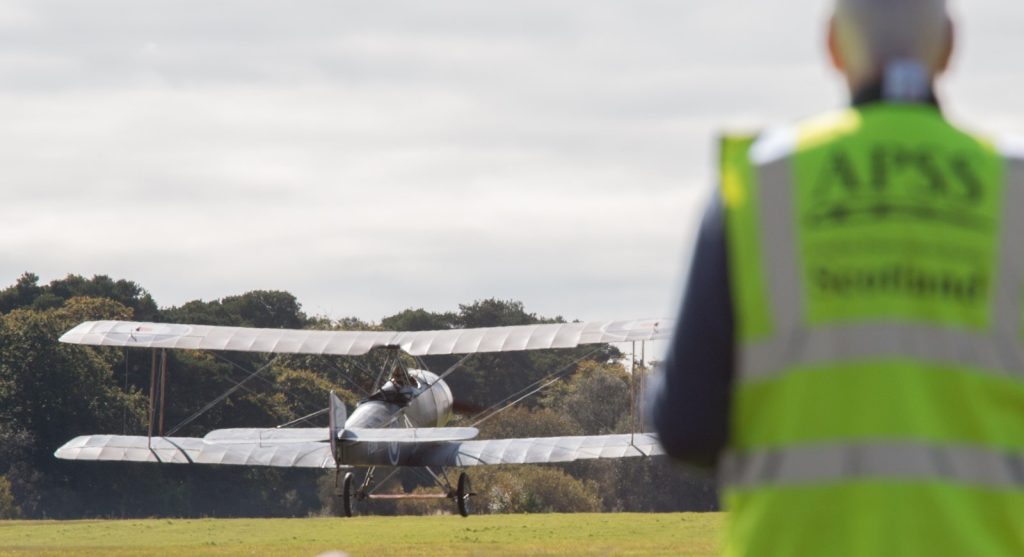
A Strutter Reborn
The original Sopwith 1½ Strutter was a versatile British biplane introduced during the First World War. Produced in both single-seat and two-seat configurations, it was the first British “tractor” aircraft—featuring a forward-facing engine—and the first to enter combat with a synchronized machine gun firing through the propeller arc. Named for its unique combination of short and long cabane struts supporting the upper wing, the Strutter saw service in fighter escort and long-range reconnaissance roles before being outpaced by more agile German aircraft like the Albatros series.
Powered by a Clerget 9B 130-horsepower rotary engine, the Strutter reached speeds of up to 100 mph, with a service ceiling of 15,500 feet and endurance approaching four hours. It carried a forward-firing .303 Vickers gun, a rear-mounted Lewis gun for the observer, and up to 130 pounds of bombs—making it a well-armed, multi-role machine for its time.
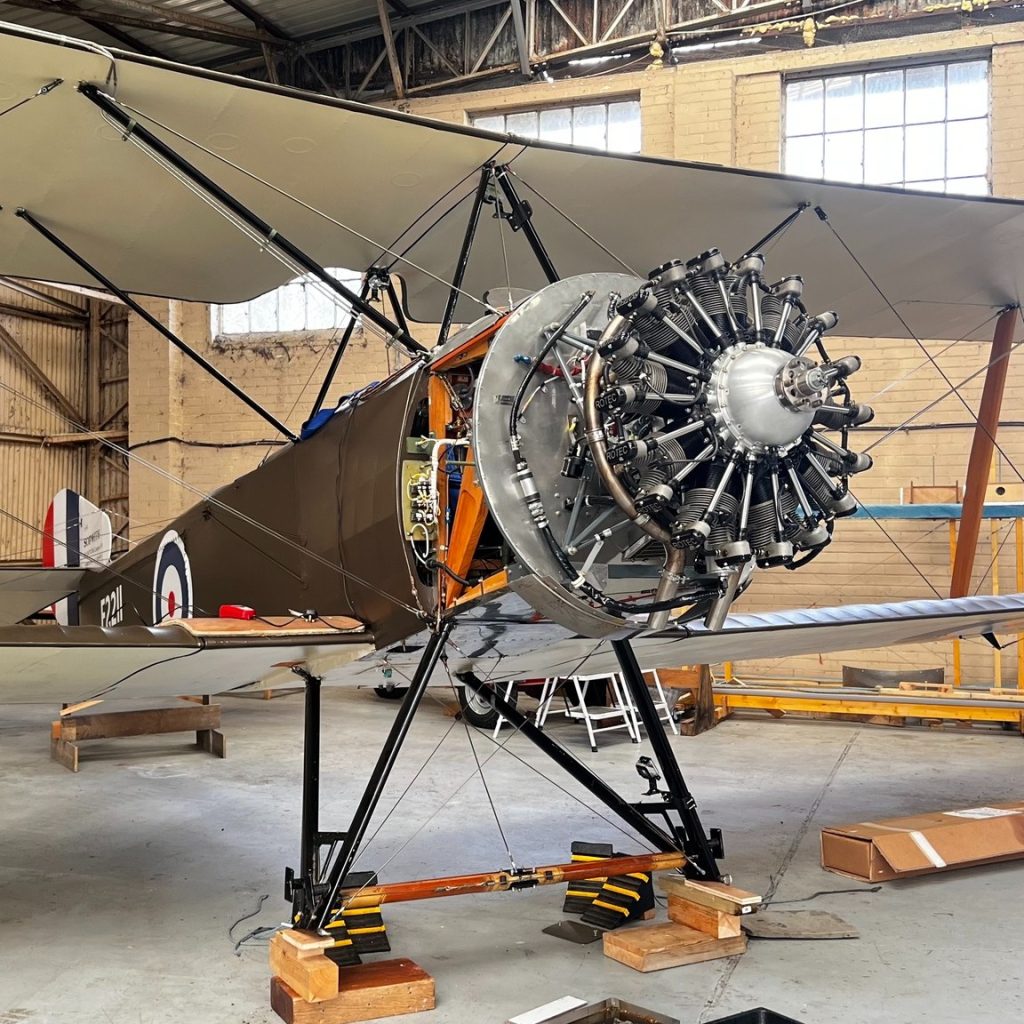
Building Sophie
The APSS’s replica effort gained momentum in 2013 with the arrival of its modern powerplant, an Australian-built Rotec radial engine. That same year, the aircraft’s framework was assembled at the National Museum of Flight’s Hangar 3, notably positioned alongside the legendary Concorde. Key structural components—including period-accurate flying wires supplied by Brunton’s Wireworks in Musselburgh, the original WWI-era manufacturer—added authenticity to the build.

In 2014, the project moved to Hangar 1, where the structural integrity and rigging were meticulously verified. Between 2016 and 2017, the team completed the rear Scarff ring mount for the observer’s machine gun. However, the National Museum of Flight eventually had to withdraw its support, prompting the APSS to relocate the project to a workshop in Congalton, East Lothian. By late 2018, just ahead of Armistice Day, the aircraft had been fully covered in period-style fabric and painted in authentic livery. All that remained was for Sophie to take to the skies.
First Flight and Future Plans
On September 17, 2024, after more than two decades of labor, Sophie finally soared. The APSS described the moment as “a testament to determination, resilience, and the power of community.” The achievement quickly drew wider attention, earning a feature on The One Show in November 2024 and helping boost interest in the society’s mission. Buoyed by renewed public engagement, the APSS is now expanding its educational outreach, with a growing emphasis on STEM learning initiatives for young people. And while nothing is confirmed, hints have emerged that their next project may involve another Great War classic—the Sopwith Pup. For now, though, Sophie remains the star of the show: a flying symbol of heritage, craftsmanship, and community spirit. For more information, visit www.apss.scot




